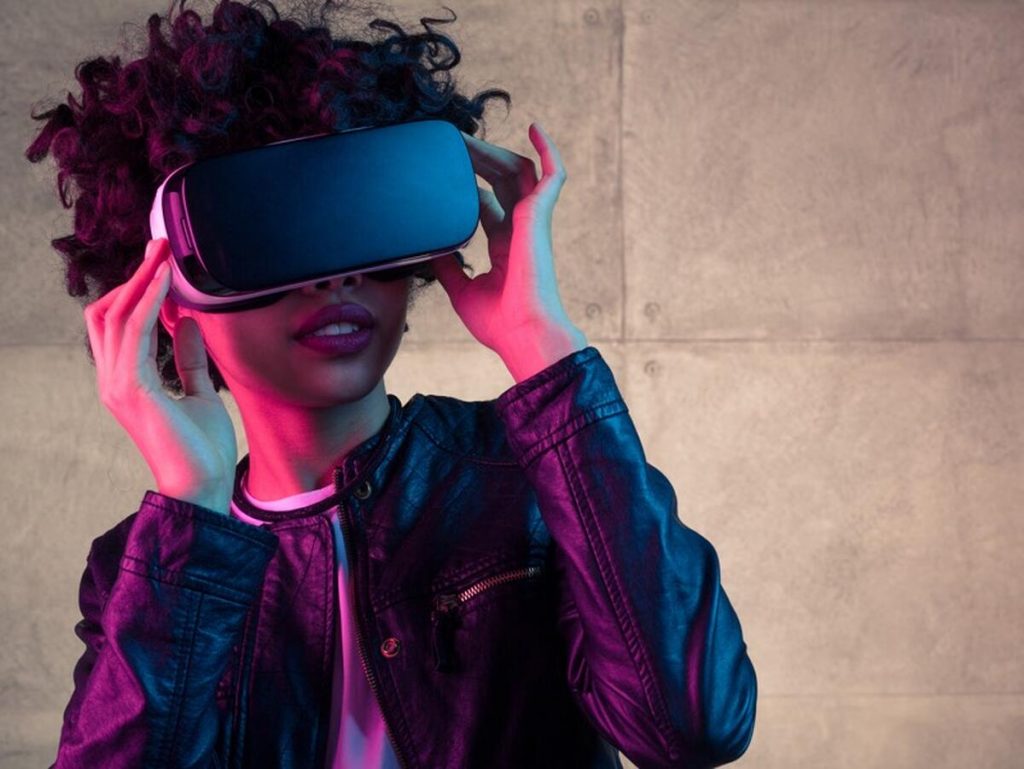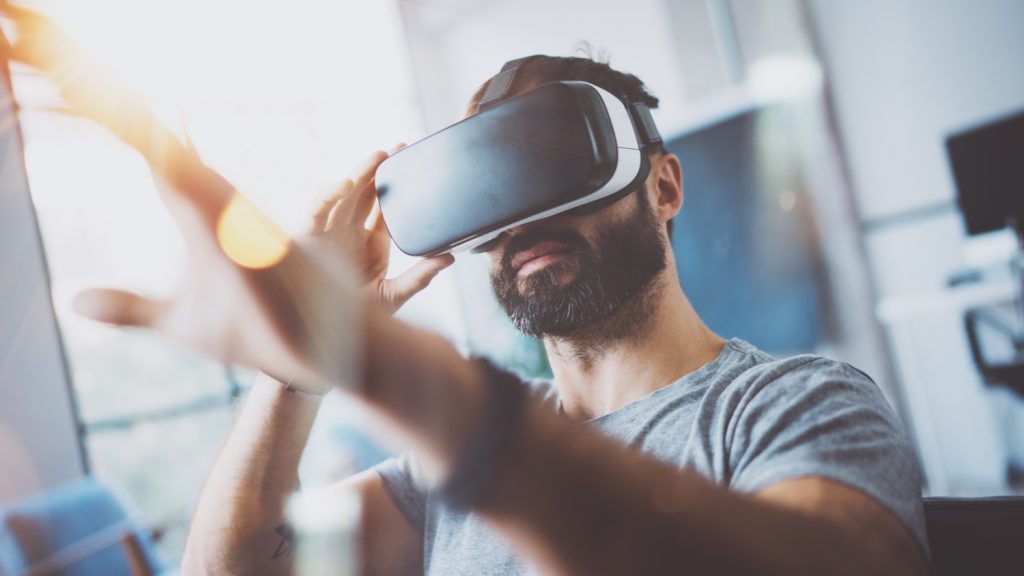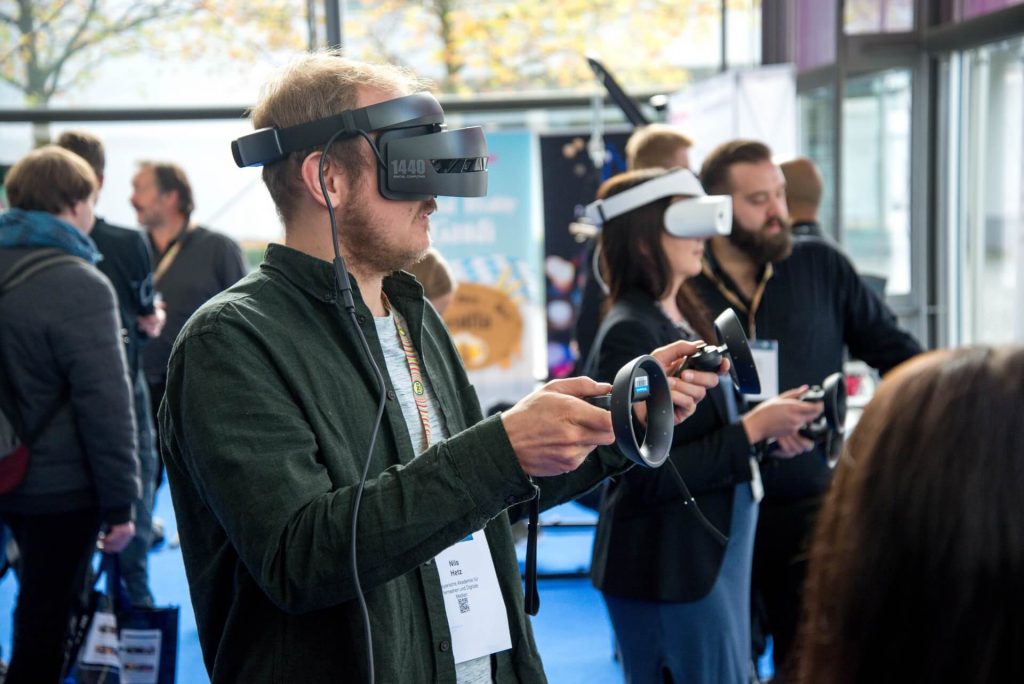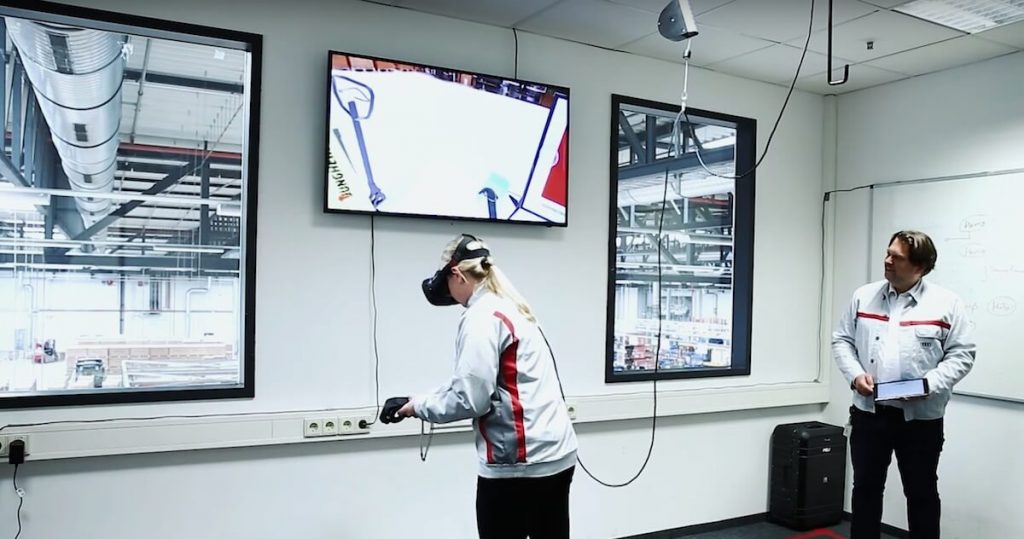In today’s fast-paced world, technologies and methodologies are changing at a rapid pace. For businesses to remain competitive in the market, it is mandatory for organizations to keep up with the pace. To make it possible it is important to ensure that their workforce is fully equipped and well trained on the same. Workforce training has become the priority for most upcoming organizations. However, it has been an area of difficulty for various reasons like traveling, potential safety concerns, and complex training scenarios. Pandemic has only added to these difficulties. However, VR in training has come as a relief. In this article, we will take a look at the top use cases for VR in learning and development.
Use case #1 – Knowledge transfer
Many organizations are struggling with how to record baby boomers’ knowledge before that generation retires. VR training could help organizations capture aging workers’ institutional knowledge and that is why this is one of the top use cases for VR training. While not traditional workplace L&D, virtual reality could also help with another type of knowledge transfer: teaching customers how to use a company’s product. Virtual reality could help teach a customer how to replace a refrigerator component, put in a new faucet, or assemble a piece of furniture in a virtual space rather than through paper instructions or videos.
Use case #2 – High-risk training
A number of training situations exist in which learners put others at risk or are themselves at risk as they learn new tasks. Learning simulations lower those risks, and this is where VR’s benefits shine. Pilots who learn to fly via flight simulations may be the most well-known example of this VR use case, but there are many others.
Use case #3 – High-complexity training
Virtual reality also enables training for scenarios that would be almost impossible to recreate in the real world and that is why this is one of the top use cases for VR training. Astronaut training is a good fit for virtual reality training for this reason, since carrying out more realistic training would be expensive.
Use case #4 – Soft skills training
Soft skills are unique to every one of us. They are interpersonal skills that show the way you interact with others in the workplace. The majority of the jobs require specific knowledge, but that doesn’t mean you can neglect the importance of soft skills. Proficiency in those skills is what managers are searching for the most when looking through prospective job candidates.
Soft skills are an increasingly valued part of an employee’s skill set, and virtual reality could help with learning related to those skills. Because virtual reality can simulate real-life scenarios, complete with facial expressions and body expressions, the tech can help employees develop and practice soft skills, such as active listening, conflict resolution, and negotiation.
Use case #5 – Empathy training
VR can potentially help increase employees’ empathy by immersing workers in situations they would otherwise be unable to experience. Employees can live through situations their customers may face, which could give the employees more empathy toward a customer calling with a problem. For example, one VR program simulates a migraine headache for healthcare workers, complete with the condition’s visual aura and auditory hallucinations. This is why empathy training is one of the top use cases for VR training

What still needs to be resolved for greater adoption of these top use cases for VR?
Although VR is benefiting some organizations, some experts believe barriers to immersive technology adoption are preventing widespread use. The lack of content libraries that organizations can use for training and development is preventing wider adoption. HR teams must typically invest in custom content development if they want to start using virtual reality for L&D, and organizations must also pay for the VR hardware and other technical requirements, such as integration work. Those expenses are causing many companies to forgo VR for now. If companies do decide to embrace VR for learning and development, the tech should merely make up one part of a bigger strategy. It is not meant to replace other tools you use for L&D.





